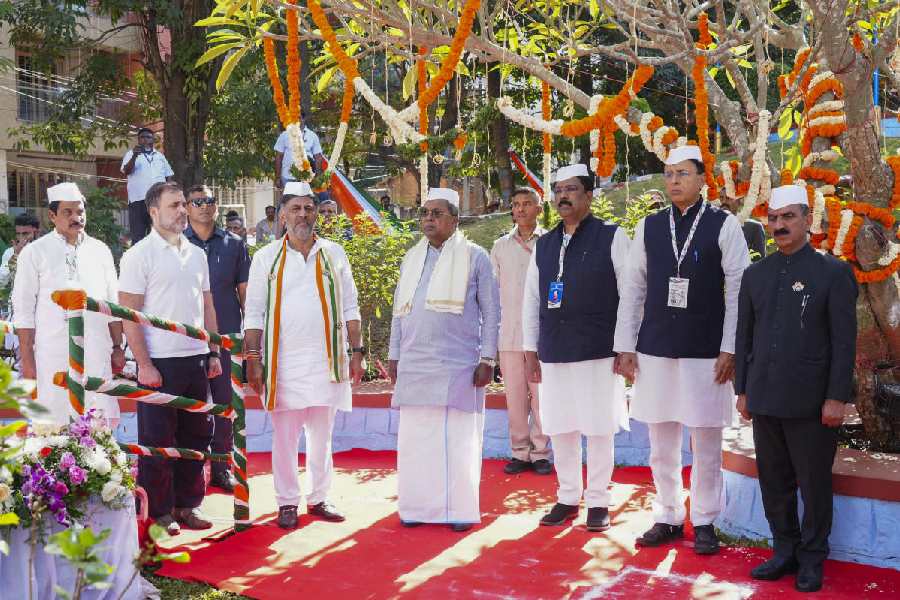India’s higher rates of child stunting than those in sub-Saharan Africa have long posed a paradox.
Why should economically better-endowed India have higher levels of stunting — a measure of chronic malnutrition — than some of the world’s poorest countries?
Now, two economists have shown that the paradox — what some have called the “Indian enigma” — disappears if stunting levels are analysed along caste lines.
They have asserted that the broad Africa-India comparison overlooks large disparities in stunting within India.
Their study, based on a nationwide household survey during 2019-21, has revealed that children from Scheduled Caste (SC) and Scheduled Tribe (ST) homes are 50 per cent likelier to be stunted than children from the forward castes.
The survey, which covered 200,000 children under the age of five, estimated a stunting rate of 36 per cent compared with an average 34 per cent across 19 sub-Saharan African countries.
But the analysis by the two economists has shown that forward caste Indian children have 27 per cent stunting, significantly lower than the 34 per cent in sub-Saharan Africa and India’s average of 36 per cent.
The analysis also shows that forward caste Indian children are 20 per cent less likely to be stunted compared with children in sub-Saharan Africa even after taking into account socio-economic and other factors that can influence child nutrition and stunting levels.
The researchers have termed the large differences within India as the
“hidden divide”.
“Our results show that gaps between the groups (within) India dwarf the India-sub-Saharan Africa stunting gap,” Ashwini Deshpande, professor and head of economics at Ashoka University, and Rajesh Ramachandran, an economist at the Monash University Malaysia, said in their study.
“Much of the academic attention has focused on India versus sub-Saharan Africa,” Deshpande told The Telegraph. “We need to understand the differences in stunting across population groups within India and the reasons why such differences persist.”
Stunting — a condition marked by low height for age — in early life can contribute to poor intellect and educational performance.
India’s higher stunting rates were viewed by experts as a paradox because children in sub-Saharan Africa face a worse disease environment and are likely to have access to fewer calories — two keyfactors that determine a child’s height.
In the past, some experts tried to explain the paradox through factors such as the number of children in the household, access to sanitation, and the gender of the stunted children.
“The Indian enigma does not emerge when we restrict the comparison to non-stigmatised caste groups in India,” the researchers wrote. “The large burden of child malnutrition borne by the stigmatised caste groups is part of the explanation” for India’s high stunting levels.
Their study has just been published in the Journal of Economics, Race and Policy.
“These findings are not surprising. Stunting is an inter-generational phenomenon,” said Suparna Ghosh-Jerath, programme head, nutrition, The George Institutefor Global Health, New Delhi, who was not associated with the study.
Despite multiple initiatives to improve the socio-economic status of the disadvantaged groups, she said, early stunting could be the result of “nutritional insults” during foetal life or those “experienced by the mother”.
“A poorly nourished mother may give birth to an underweight baby,” Ghosh-Jerath said. “This needs to be corrected through timely nutritional and other interventions during critical periods of growth.”
A nationwide urban survey conducted seven years ago by researchers at the National Institute of Nutrition (NIN), Hyderabad, too had revealed a higher prevalence of poorchild nutrition among SC and ST communities.
The 2017 NIN exercise had documented stunting levels of 39 per cent in children under five from SC households, 34 per cent from ST households, 27 per cent from backward class families, and 26 per cent from non-SC, non-ST, and non-backward-class families.











